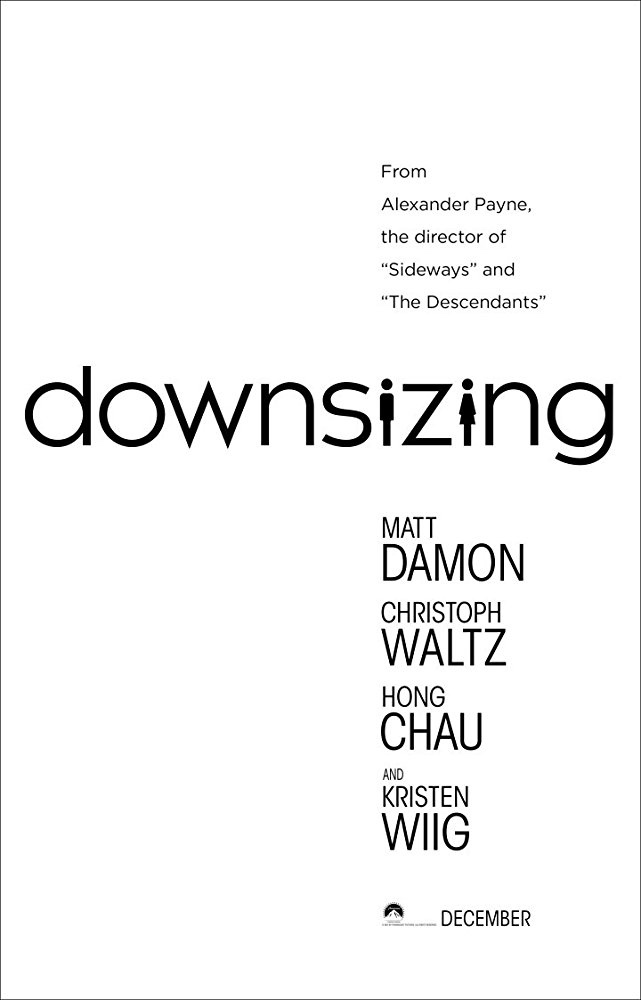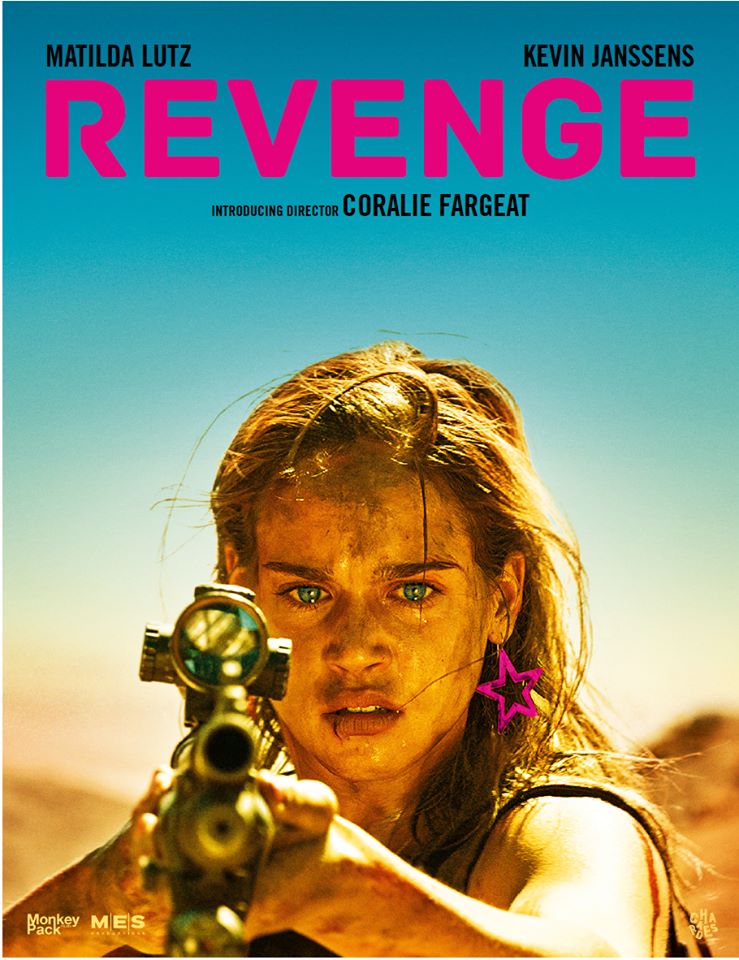Pretty sure this is the greatest video ever made
•Ottawa to unveil $500-million Netflix deal as part of cultural policy overhaul
The 5 biggest announcements from today’s Amazon hardware event
Nice to see better sound and a built-in hub in the normal Echo (now Echo Plus, but looks the same as the original Echo). The alarm clock Echo looks cool too. But WTF is going on with Game Show Buzzer Echo? Amazon is hilarious. Relentless and sometimes visionary, but all over the place. Like they say yes to everything.
Super Nintendo Classic Edition review: the perfect way to play 16-bit classics
I’ve given up hope of getting one of these and am instead going a nerdier route via ROMs and a Raspberry Pi.
Germany’s Election Results are Troubling — and It’s not just the Rise of the Right
John Judis on how reform of the EU may be impossible now because of the German electoral results
Eric Reid: Why Colin Kaepernick and I Decided to Take a Knee
A small-screen iPod, an Internet Communicator and a Phone
Horace Dediu on the evolution of the Apple Watch
What the FISA Warrants Against Paul Manafort Tell Us About Mueller’s Investigation | Just Security
First, the probable cause standard required the FBI to provide evidence that Manafort was “knowingly engaging in clandestine intelligence activities” (rather than merely being “an agent of a foreign power”)– in other words, that he wasn’t just acting on behalf of a foreign power, but that he was doing so with full knowledge that what he was doing involved spying. Second, in order to continue monitoring Manafort, the FBI would have been required to check in with the FISA court every 90 days and show that their surveillance had, in fact, produced foreign intelligence information. Only with this continuing, additional evidence would the FISA order be renewed for an additional 90 days at a time.
TIFF 2017: Final Thoughts
Well I definitely fell behind my movie reviews – I saw 15 movies, but only reviewed 6. Oh well!
The ticket selection process was better than ever for me. I haven’t done a TIFF package in a few years, so the process was quite different from the last time, and one of the improvements this year was that members were given first crack at the tickets. This seems like a no-brainer for an organization with a less-than-compelling membership pitch otherwise, but I guess it’s taken a while for them to realize it. But anyway, I wound up getting tickets to movies like mother! and The Shape of Water that I normally wouldn’t have even tried for.
My experience at the actual festival was mixed. I had a more or less pleasant experience (given the limitations, i.e. crowds, lines) at all of the venues except Scotiabank. Sadly it’s the venue with the most screens, so I was there a lot. I’m getting the impression that there is not a lot of money in the Scotiabank Theatre capital repair budget. Apparently their giant escalator, which one must take up about five floors to get into the theatre, has been broken for like six months, and was only just repaired in time for the festival. The problem dogging festival goers was that a lot of the seats are starting to fall apart. They are this sort of springy auto-reclining thing – if you lean back, the seat goes back. Unfortunately on a fair number of the seats, the springiness is starting to go, so if you are above a certain weight or size and you tilt your head the wrong way, the seat will just go for it and essentially deposit you into the lap of the person behind you. It’s all the joy of air travel, except no one’s really in control of when they recline their seat. It was like a social psychology experiment run amok – I saw fights over it, and I was on both sides of the problem repeatedly myself. It may sound fussy, and perhaps it is, but the contrast between the seats at the Lightbox – which are great, and where even the back row has a great view – and those at Scotiabank, whose appeal is even further tarnished by its general crowdedness and disorganization, was so great that next year, if I go, I will avoid Scotiabank like the god-rotting plague. (Sorry, I’m reading a 19th century sailing novel. Arr!)
Finally, here are some quick notes on other films I saw that I haven’t written up properly, and won’t:
- Manhunt, by John Woo. If you like John Woo before he got shitty, this is for you. Lots of corny bromance, dual-wielding, and slow-motion doves. And great action.
- The Happy End, by Haneke. Solid entry into the Haneke canon. Depression warning! It’s a miracle Mr. Haneke is still alive, if this is how he sees the world.
- The Shape of Water – good? Honestly this came later in the fest and I was a bit burned out and I was not blown away by it. But I wasn’t in the best shape to judge. My take is that it’s a good film, not his greatest work or anything.
- The Little Girl Who Was Too Fond of Matches – I really liked this. An intriguing parable, beautifully told, of Quebec emerging from decades of smothering church control.
- The Third Murder – my first Kore-eda film! Apparently atypical, but I really liked it. I will watch more.
- Simulation – really cool first feature from Iran, told out of sequence, with Brechtian mise-en-scene.
- Sweet Country – Australian Western from the Aboriginal point of view. It was good, if languid, although this was toward the end of my week and I may have been a little impatient with it.
- Thelma – decent. Sort of a thinking person’s Carrie. Again, slow and/or someone was pressing down on my knees the whole time.
- Let the Corpses Tan – wasn’t super amped about it. A very stylish heist-shootout movie that I found myself not giving a shit about. If I was still in my 20s I probably would have liked it ok.
The best way to end oppression is to very politely ask oppressors to please stop oppressing you. Also, consider getting them a gift certificate for The Cheesecake Factory. Oppressors love The Cheesecake Factory.
Given What We Know Now, Some Of The Steele Dossier’s Claims Aren’t So Crazy
Want Amazon’s new HQ in your town? Must have bike lanes, says Amazon
Awesome.
The village where little girls turn into boys at age 12
In New Zealand, a Translated ‘Moana’ Bolsters an Indigenous Language
7 countries are banning fossil fuel-based cars
Norway, Germany, France, UK, the Netherlands, India, China
Ontario introducing $50,000 fines for careless drivers causing death
That’s great, but I hate how the Liberals don’t do anything unless there’s an election on the horizon. They could have saved lives by doing this years ago.
The Latest Scoops from CNN and the New York Times: A Quick and Dirty Analysis
Re: Mueller investigation
With a Picked Lock and a Threatened Indictment, Mueller’s Inquiry Sets a Tone
Harry Dean Stanton, Character Actor Who Became a Star, Dies at 91
RIP
TIFF 2017: Downsizing


The latest from Alexander Payne (Citizen Ruth, Election, Sideways) is a bit of a departure in that it takes a high concept sci-fi premise as its starting point. However, the film that follows from it, a social-issue satire featuring a midwestern white male’s mid-life crisis, will feel familiar to fans of his previous movies. The premise, an eponymous procedure that shrinks people to 5 inches tall, in an effort to save the environment, gives aforementioned white male Paul Safranek (Matt Damon) the opportunity to start again as a rich person – as everything costs less when it’s tiny, people are “downsizing” and then retiring early to bubble communities of like-sized people. But things go wrong, as they do in movies. The procedure works, but Paul doesn’t wind up rich – instead he winds up cleaning houses with ex-activist Ngoc Lan (Hong Chau), befriending grey-market importer-exporter Dusan Mirkovic (Christoph Waltz), and generally discovering how the world really works, and his place in it.
The visual irony of the film is that once Paul is shrunk down and living in Leisureland Estates, it is optically indistinguishable from being big. Payne uses this to deploy sight gags when large objects show up in a scene – he just lets you forget about it, and then there’s another one. That and the sharp yet compassionate satire make for a relentlessly funny film. The consequences of the “downsizing” premise are well thought out, and the world presented recalls societal shifts of years past (colonization, growth of US suburbs) while considering many perennial topics (inequality, the environment). Ultimately it imagines a choice for affluent developed-world people: cash out and retreat from the world, or engage with it, even if it is doomed.
TIFF 2017: Hochelaga, Terre des Âmes

Francois Girard (32 Short Films About Glenn Gould) directs this historical epic whose main character, he said before the film, is a mountain.
The mountain in question is Mont Réal (can you guess which modern-day city it lives in?), and its story is told through human characters who encounter it over a span of 800 years. In the 1200s, after a tragic battle, the Great Peacemaker (Raoul Max Trujillo) of the Haudenosaunee expresses his vision of peace to his follower Hiawatha. In the modern day, after a sinkhole opens during a football game in Molson Stadium, archaeologist Baptiste Asigny (Samian) uncovers evidence that the stadium sits above the ancient Iroquois village Hochelaga, where Jacques Cartier arrived in 1535. And we visit several stories at times in between.
Like 32 Short Films, Girard here weaves a mosaic narrative out of smaller independent ones. Some stories (Asigny and the Peacemaker) are crosscut throughout the film, while others are told in one piece and then barely returned to. This film has a powerful affect, blending visceral, emotional storytelling with intellectual significance that follows you for days after. The words used by the Great Peacemaker character in the film are taken from The Great Law of Peace, which is the oral constitution of the Iroquois Confederacy. They express ideas taken up in theory by the US constitution and in practice, in imperfect form, by the country of Canada. So this history of a mountain is really the story of our country, and that its spirit could be so clearly captured by people who lived hundreds of years before European contact should make us reflect. The film is worth seeing for that reason alone, disregarding the expert storytelling, fine performances and the miraculous way Girard’s mosaic form exactly reflects the principles of confederation it articulates.
TIFF 2017: Revenge


Yep, that’s an accurate title. Engage plot summary subroutine! When a rich douchebag (Kevin Janssens) takes his mistress Jen (Matilda Lutz) along for an annual rich douchebag hunting trip with his two boorish, rapey friends, things go… wrong. Quite wrong.
I wouldn’t blame you for not being a fan of rape-revenge movies. In fact, I’d be concerned if you were a fan. But a few things elevate this picture. For one, it’s written and directed by a woman (Coralie Fargeat). At first, Jen is objectified in all the flashiest, music-video ways. When things go wrong the men band together in a manner that expresses the ubiquity of rape culture without seeming completely paranoid. And later, when the hunters become the hunted, it is the men who are turned into pieces of meat. Literally.
That’s the other distinctive feature here: stylish violence. Now, “stylish violence” in and of itself is far from a force for good. Yet Fargeat uses various elements – the majestic Moroccan desert, the beautiful modernist vacation house, the peyote, and blood, so much blood – as fuel for a striking, hallucinatory, messy and fun romp that expresses a point of view much different from that behind the usual slasher and/or revenge pic.
Let me go back to the violence once more because this movie is VIOLENT. I had to marvel at just how much blood and gore had been generated by only four main characters. It is frequently played for laughs – a scene in which glass is extracted from a foot has brilliant comic editing – but I’m mentioning it as a sort of public service as well as a sign of my cinematic respect. Apparently someone fainted during one of the screenings, and if you’re at all squeamish, avoid this flick like the plague. If you’re not, you’re probably already adding it to your list, and good on ya.

